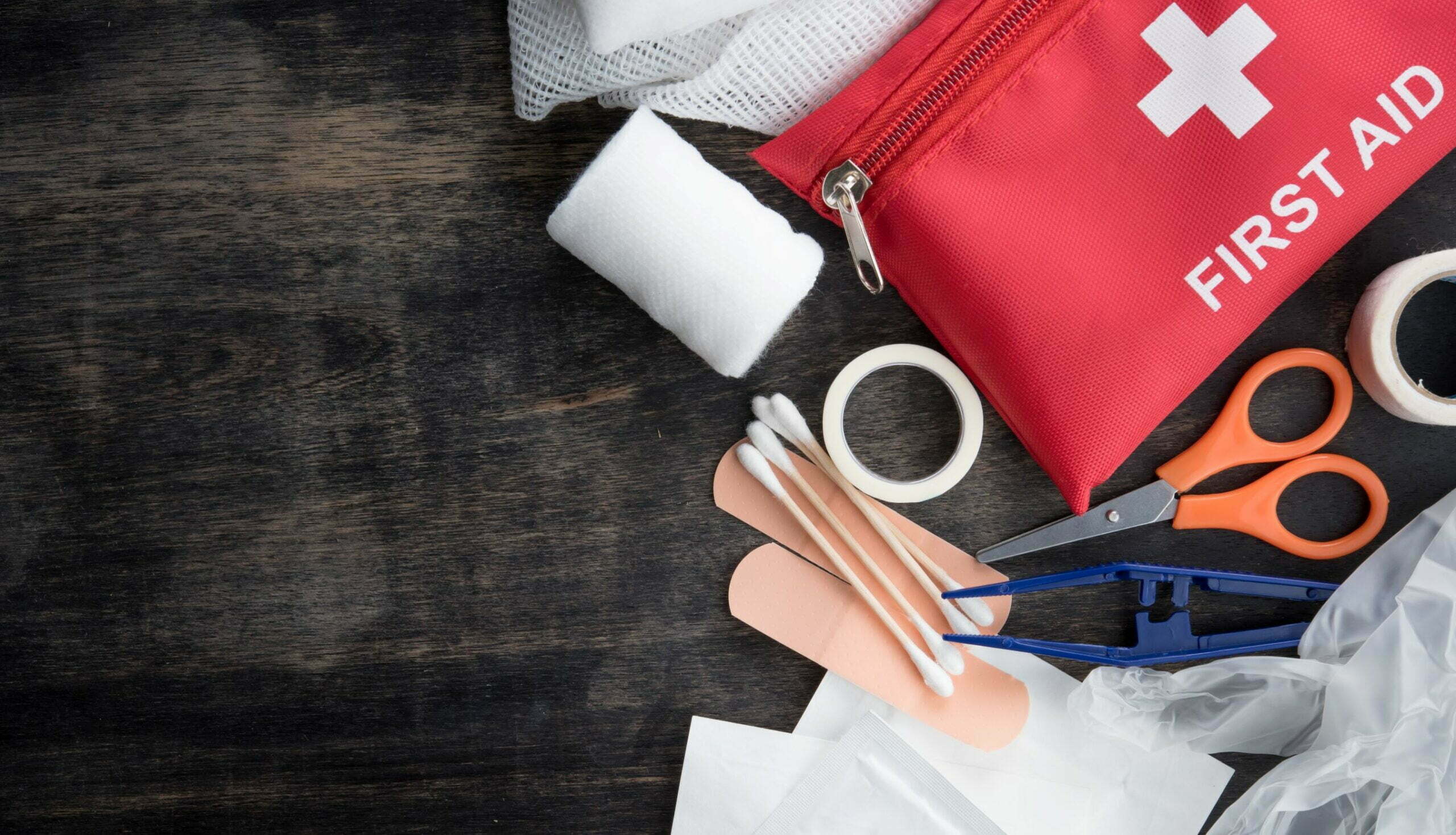
First Aid Kit by AdobeStock
Accidents are inevitable, and whether you sustain a scratched knee or a fractured bone, you must administer first aid. While no particular qualification is required to administer first aid, you must have the appropriate supplies in your first aid kit and know how to use them. First aid kits aren’t a new thing. They serve as your first line of defense in the case of accidents.
However, a typical concern among first aid kit owners is lacking supplies. Others miss including a tourniquet, for example, to stop severe bleeding. Some also forget to buy splints to support bone fractures, joint strains, and breaks. It’s important to remember that different situations necessitate the availability of certain things.
Luckily, there are many reliable stores to shop for all the necessary supplies needed in a first aid kit. Sam Medical, for example, is a widely recognized emergency solutions brand. At https://www.sammedical.com/, you’ll find that they offer various first aid supplies that can be used by emergency medical personnel or even civilians. But besides that, you may also opt to visit a well-stocked drug store and ask the pharmacist to get you all the essential items in a first aid kit.
When an accident occurs, you may not have much time to travel to the shop and buy what you need. As a result, you must have a well-stocked and maintained first aid kit. With that said, below are six of the most necessary first aid supplies to keep on hand.
1. Bandages
Accidents frequently result in scratches, burns, and wounds. To treat these injuries, maintain an ample supply of bandages in your first aid kit. They are available in various sizes and forms and can be custom-made for a specific type of injury. The most common bandages you need to have in your kit are strip bandages, triangular bandages, sterile burn sheets, gauze rolls, eye patches, and tourniquets.
When putting on a bandage, avoid touching the white sterilized pad with your hands or anything that might infect it before placing it in the wounded area.
2. Cleaning Supplies
If you or somebody sustained a minor cut or scratch, you’d need to wash the wound to prevent infection. And so, you need to be sure you have the right cleaning supplies to care for the cuts. If someone obtained any lesions, make sure you have sterile gloves on hand to provide a germ-free barrier between you and the wounded person while treating them. Other cleaning supplies include hydrogen peroxide, hydrocortisone cream, antibiotic treatment, and wet wipes.
3. Thermometer
The ‘normal’ body temperature may differ from person to person throughout a given day. However, a sudden rise in body temperature could indicate an infection or disease. If you think you or a family member has a fever, having a thermometer in your first aid kit can help you confirm it and choose the best course of action. A thermometer is a vital element of any first aid kit, and having the appropriate one is critical. There are so many thermometers in the marketplace that it might be hard to know which one is what you need. Because of this, ensure you’re familiar with the types of body thermometers and their differences and uses.
4. Scissors And Tweezers
A pair of scissors is essential to any first aid kit. To avoid any inconveniences when cutting gauze or adhesive bandages, you will need scissors. Besides that, you can also use scissors in various ways, including cutting away clothes to expose wounded regions to treat them more effectively.
Scissors with rounded edges shield the wounded person from additional harm. On the other hand, you can use tweezers to remove small pieces of dirt, splinters, or other particulate matter on the cut. However, avoid using tweezers to remove an insect stinger as you may wind up pushing more poison into the skin. Instead, you can use the edge of a credit card to brush over the affected area gently.
5. Heat And Cold Packs
You never know when you’re going to hit your head, trip, or fall. These injuries may cause discomfort. So, to alleviate the pain, you can use instant cold and heat packs. Squeeze them to activate cooling while they’re at room temperature. It enables the salt and water to mix inside the packet, causing a cooling or heating response.
6. Over-The-Counter Medications
Over-the-counter drugs can help you manage the symptoms of headaches, muscular pains, itching, irritation, or stomach problems. Loperamide, aspirin, ibuprofen, laxatives, antihistamines, cold medications, and throat lozenges are essential medications that should always be available in your first-aid kit.
California, known for its diverse economy and thriving tech industry, is a hotbed for innovation.…
As a violinist, I can't stress enough how crucial a top-notch case is in the…
Imagine a life where limitations do not exist—a life where you relentlessly pursue your dreams…
Asbestos exposure has left a long legacy of health issues in Australia, particularly mesothelioma and…
Did you know maintenance and financing, fuel management, driver management, vehicle monitoring and diagnostics, and…
It can be difficult to meet a matching spouse in this fast-paced environment. Online dating…